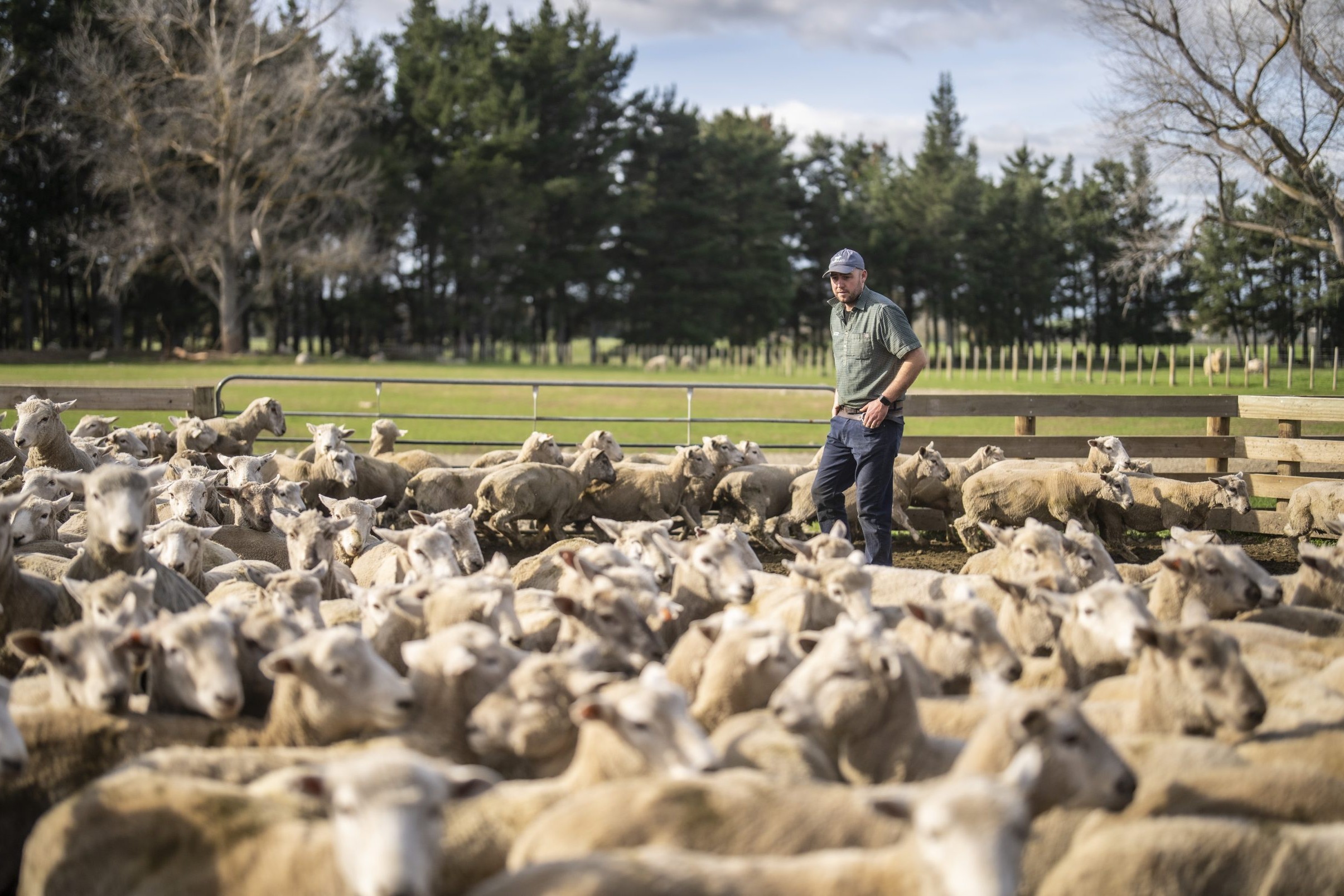Sandra Taylor
Winter grazing of crops can be a key source of sediment, nutrient and bacterial loss into waterways, but simple tweaks to grazing management can reduce this risk.
Richard Parkes, Beef + Lamb New Zealand’s (B+LNZ) Environment Capability Manager North Island, says grazing trials undertaken by AgResearch in South Otago (as part of the Pastoral21 programme) found strategic grazing could reduce phosphorus and sediment losses by 80-90%. This could save farmers $50-$60/ha/year.
Calculated over many farms within a catchment, this represents a significant reduction in catchment load and an increase in farm profitability and resilience.
Regional councils and central government will likely put the spotlight on winter grazing practices this year and Parkes encourages farmers to think about their winter grazing practices and how they could be improved.
As an organisation, B+LNZ’s environment team is taking a catchment-wide and catchment-specific approach to water quality and nutrient management. This, Parkes says, ensures the practices farmers put in place have a positive impact on the wider catchment, rather than just following blanket rules to little or no effect.
Much of the environment team’s work is about helping farmers and communities within a catchment identify what issues are relevant to them – so more targeted interventions can be put in place.
‘It’s about helping farmers understand how their farms and management practices interact with their catchments, because if farmers can understand why, then there will be better buy-in when it comes to improving environmental and social outcomes for the wider community.’
“It’s about helping farmers understand how their farms and management practices interact with their catchments, because if farmers can understand why, then there will be better buy-in when it comes to improving environmental and social outcomes for the wider community.”
Parkes says environmental management is not simply about meeting regional and central government regulations, it’s about staying ahead of the curve and building environmental and social resilience and capability.
Farms are complex biological systems and farmers are often thrown curve balls in the form of regulations, biosecurity incursions, climatic challenges and natural events.
“If we can enable and support communities and invest in building their capabilities then they will have better outcomes when it comes to the next event.”
Parkes admits measuring the outcomes of farm management changes in terms of water quality and social outcomes can be difficult because of the long-term nature of socio-ecological systems.
Instead B+LNZ will help farmers and communities identify proxy indicators which will show that change is underway within their catchments.
At an individual farm level, B+LNZ will continue to run Farm Environment Plan and Land and Environment Plan workshops that help farmers identify and manage the natural resources and features on their farm.
But this management is being viewed in the context of the wider catchment and community and understanding the long-term impacts of farm management practices on both of these.
As well as running workshops, B+LNZ has a number of resources available about grazing management of winter forage crops including the Feedsmart app which farmers can use in the paddock to budget feed.
Supplied by Beef + Lamb New Zealand
Tips for winter grazing on crops
- Exclude stock from waterways and create an ungrazed buffer zone between livestock and the waterway.
- Leave an ungrazed buffer zone around Critical Source Areas (parts of the paddock that can channel overland flow directly to waterways).
- Graze paddocks strategically – on a sloping paddock, fence across the slope and start grazing at the top so the standing crop acts as a filter.
- Make breaks “long and narrow”.
- Regularly back-fence to minimise pugging damage and runoff risk.
- Place troughs and supplementary feed in a dry central part of the paddock.
- Provide adequate feed, shelter and clean, fresh drinking water for your stock.
- When the soil is not so wet, graze the buffer strips around Critical Source Areas quickly and lightly.
- Consider planting a catch crop, such as greenfeed oats, to reducing nitrogen losses.
- When choosing paddocks for next year’s winter feed crop, think about how you can improve your management of CSAs and waterways.




